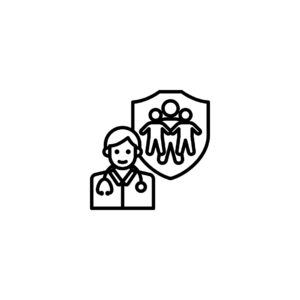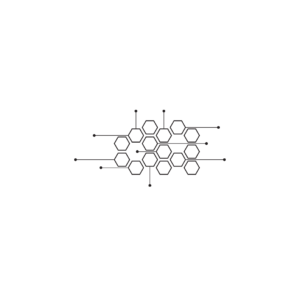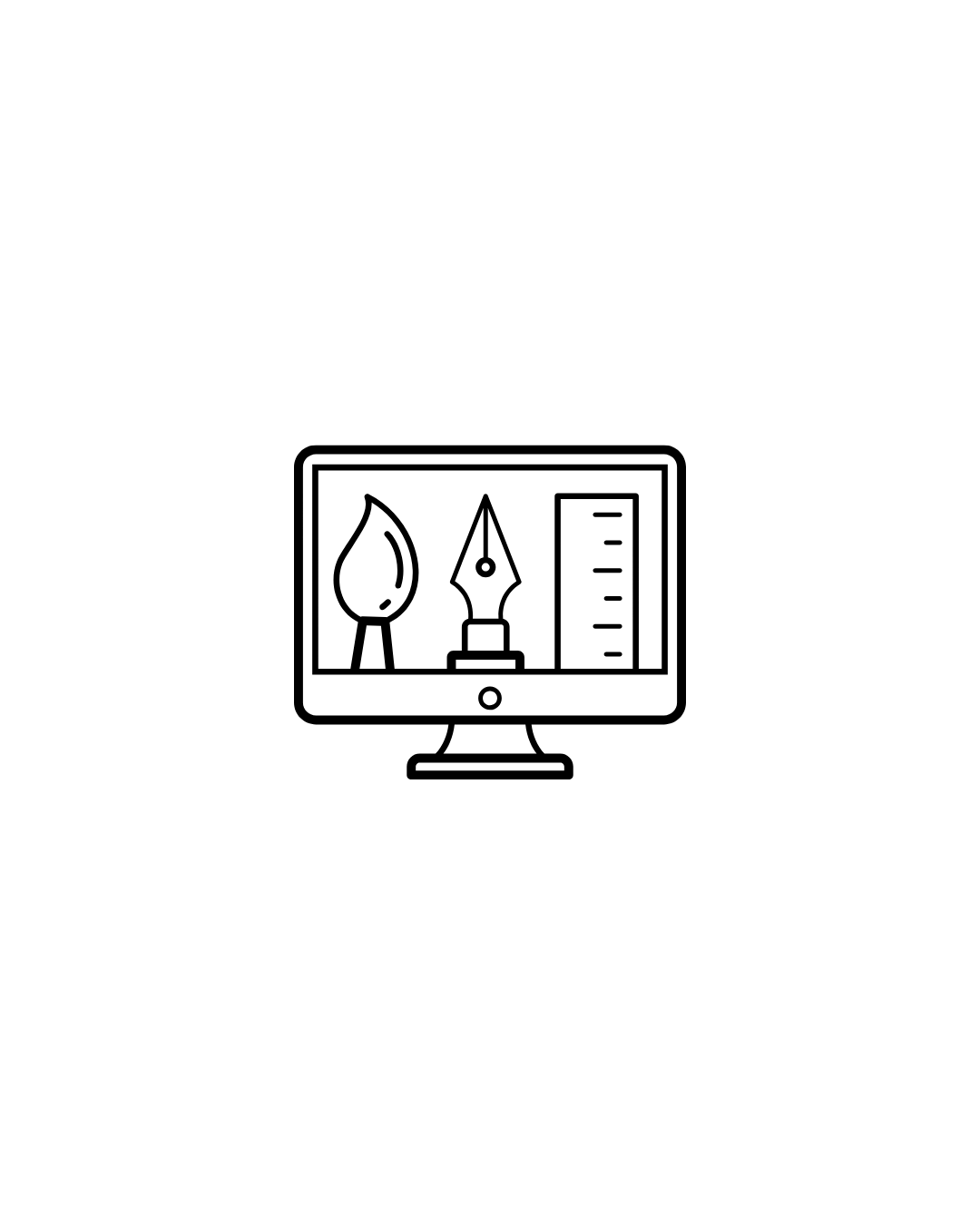Description
An Advanced Diploma in Web Designing is designed to provide students with the essential skills and knowledge required to create visually appealing, user-friendly, and functional websites. This program covers various aspects of web design, including graphic design, user experience (UX) design, coding, and the latest web technologies.
Course Details:
Duration: Typically 1 to 2 years, depending on the institution and program specifics.
Eligibility: Candidates usually need to have completed higher secondary education (12th grade) or have relevant prior qualifications in computer science, design, or related fields.
Mode of Study: Offered in full-time or part-time formats, combining theoretical coursework with practical projects.
Curriculum:
The curriculum for an Advanced Diploma in Web Designing generally includes the following key areas:
1. Introduction to Web Design
Overview of Web Design:
Understanding the fundamentals of web design and the role of web designers in the digital landscape.
Web Design Principles:
Key concepts such as color theory, typography, layout, and visual hierarchy.
2. HTML and CSS
HTML (Hypertext Markup Language):
Learning the structure of web pages, including elements, attributes, and semantic HTML.
CSS (Cascading Style Sheets):
Styling web pages, including layout techniques, responsive design, and CSS frameworks (e.g., Bootstrap).
3. JavaScript and Interactivity
Introduction to JavaScript:
Basics of JavaScript programming, focusing on dynamic content and interactive elements.
DOM Manipulation:
Techniques for manipulating the Document Object Model (DOM) to enhance user interactions.
4. Graphic Design for the Web
Design Software:
Proficiency in graphic design tools such as Adobe Photoshop, Illustrator, and other design software used to create web assets.
Creating Web Graphics:
Techniques for designing images, icons, and graphics optimized for the web.
5. User Experience (UX) Design
Principles of UX Design:
Understanding user-centered design principles, user research methods, and usability testing.
Creating Wireframes and Prototypes:
Techniques for developing wireframes and prototypes to visualize the layout and functionality of web projects.
6. Responsive Web Design
Mobile-Friendly Design:
Techniques for designing websites that adapt to different screen sizes using responsive design principles and media queries.
Frameworks and Tools:
Utilizing frameworks and tools to streamline the responsive design process.
7. Content Management Systems (CMS)
Introduction to CMS:
Understanding popular content management systems like WordPress, Joomla, and Drupal.
Building Websites with CMS:
Hands-on experience in setting up and customizing websites using CMS platforms.
8. Web Hosting and Domain Management
Introduction to Web Hosting:
Understanding different hosting solutions and how to deploy websites on servers.
Domain Name Management:
Learning about domain registration and management practices for web projects.
9. SEO and Web Analytics
Basics of Search Engine Optimization (SEO):
Techniques for optimizing websites for search engines to improve visibility and traffic.
Web Analytics:
Introduction to web analytics tools like Google Analytics to measure and analyze website performance.
10. Capstone Project
Practical Application:
A comprehensive project that allows students to apply their skills in designing and developing a complete website, incorporating all aspects learned throughout the program.
Assessment:
Assessment methods in this program may include:
Project Work:
Designing and developing websites or web applications as part of hands-on assignments.
Written Assignments:
Research papers and documentation on web design principles, tools, and practices.
Examinations:
Testing knowledge of web design concepts, coding skills, and design practices.
Career Opportunities:
Graduates of the Advanced Diploma in Web Designing can pursue various career paths, including:
Web Designer: Creating visually appealing and user-friendly website designs for various clients.
Front-End Developer: Focusing on coding and implementing the visual elements of a website, often using HTML, CSS, and JavaScript.
UX/UI Designer: Specializing in enhancing user experience and interface design for websites and applications.
Graphic Designer: Designing graphics and visual assets for web projects, marketing materials, and branding.
Web Project Manager: Overseeing web design projects, coordinating between teams, and ensuring timely delivery.
This advanced diploma program is ideal for individuals passionate about web design and technology, preparing them for diverse roles in the ever-evolving digital landscape. If you have any further questions or need more information, feel free to ask!









